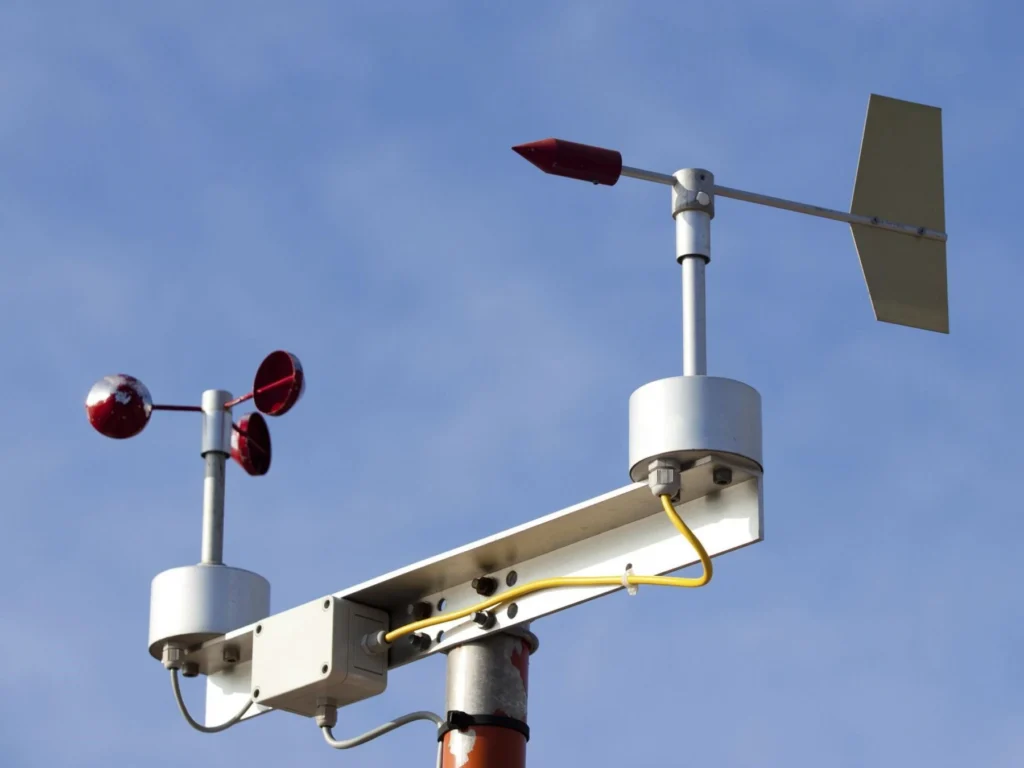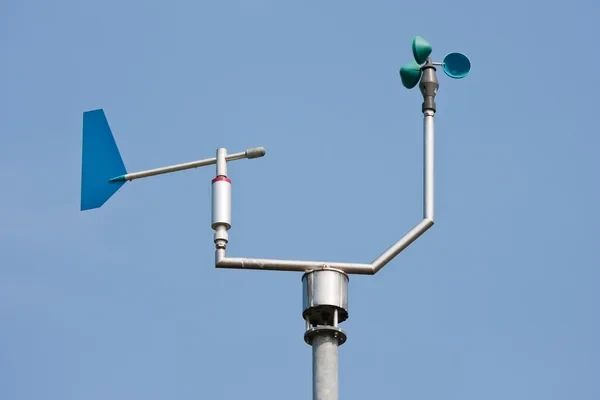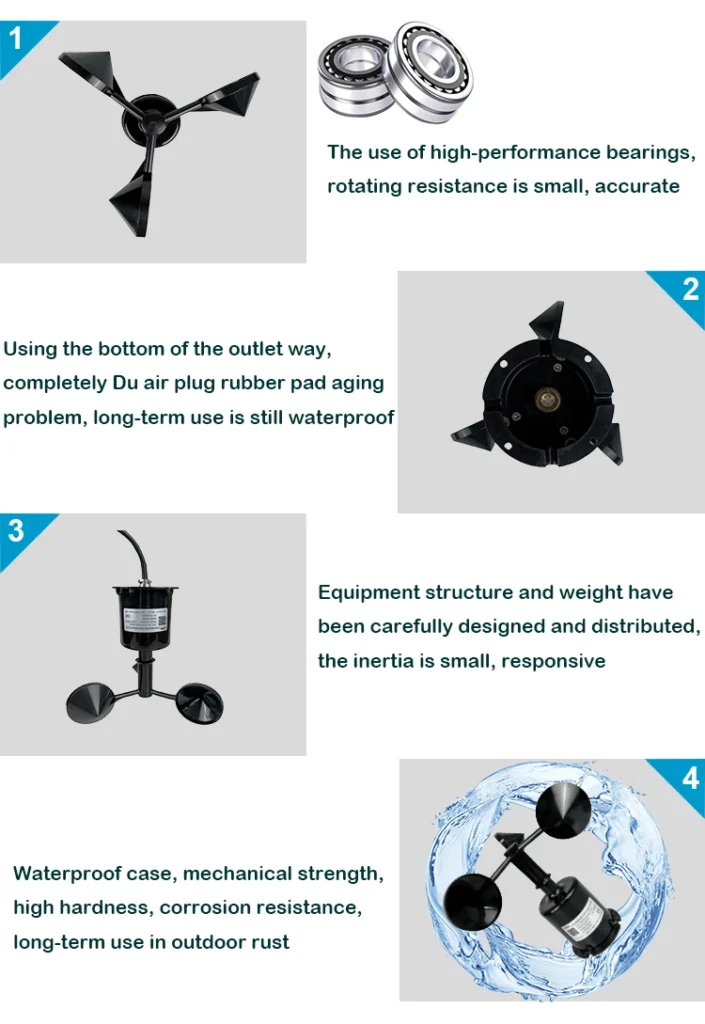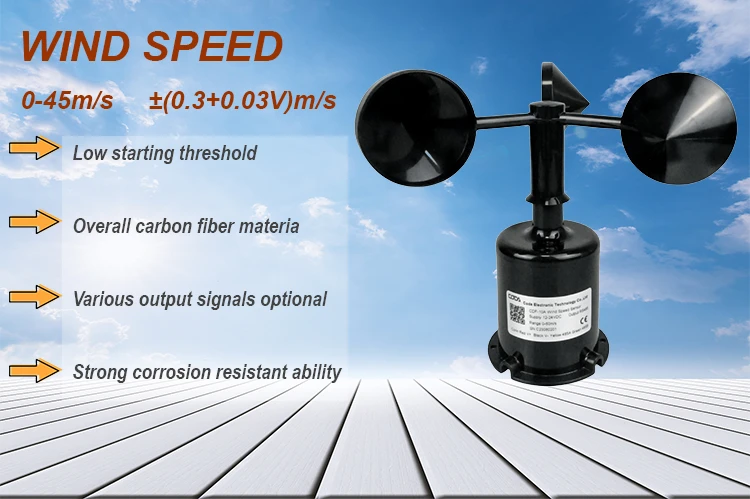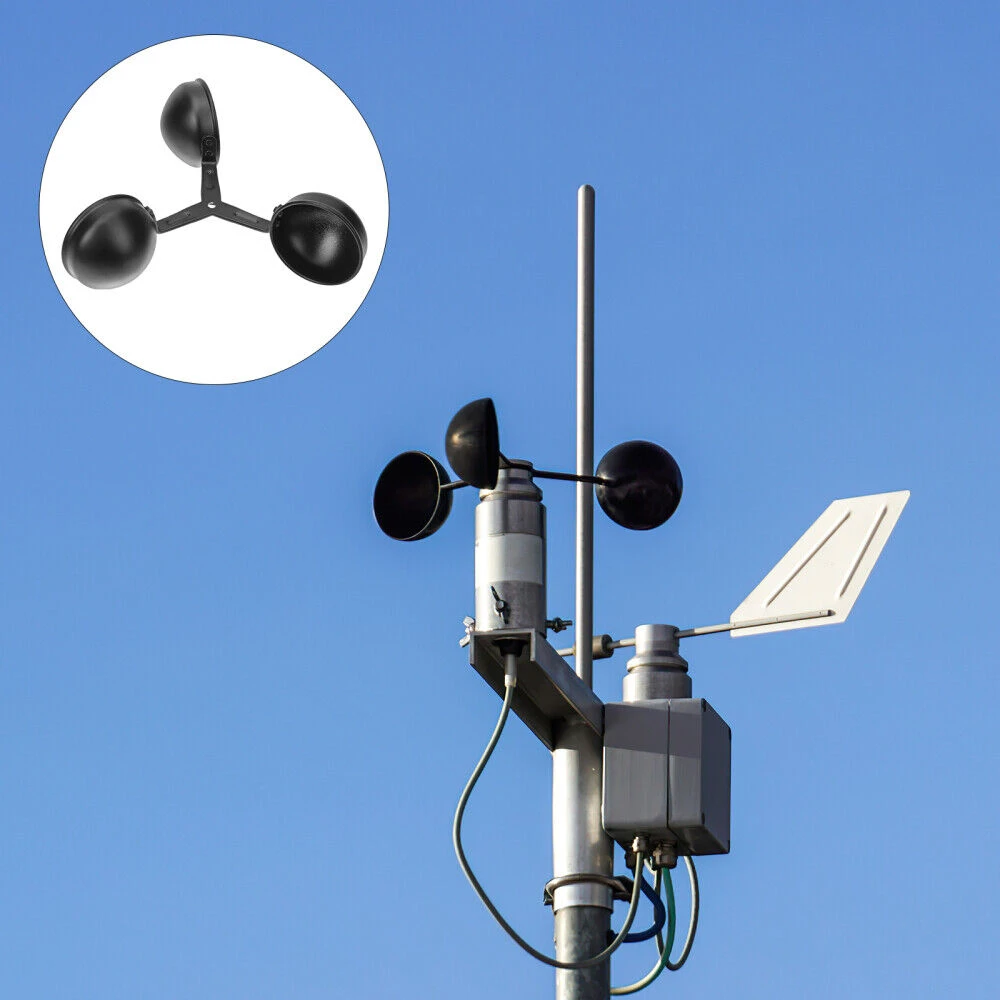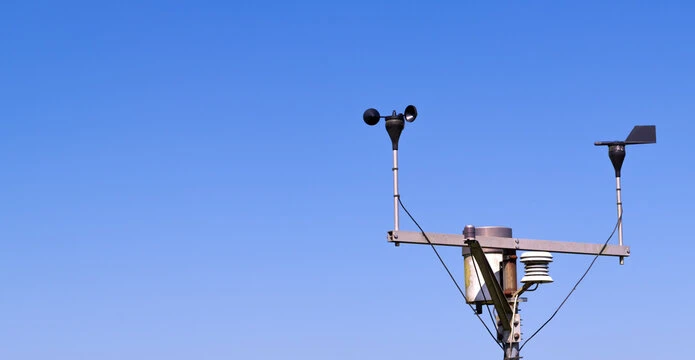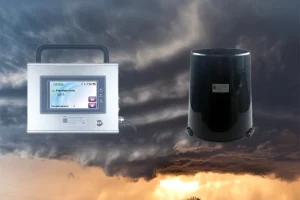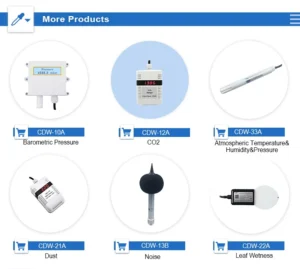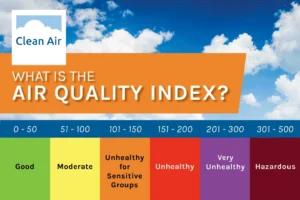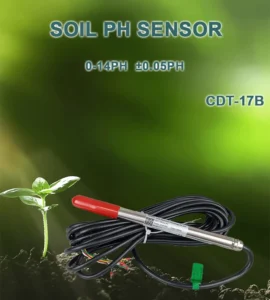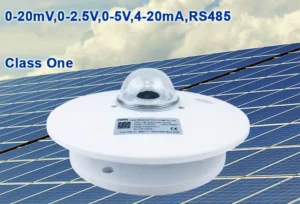Choosing wind speed measurement tool & wind speed measuring device
Learning about tools that measure wind speed is key to understanding wind. It affects environmental science, renewable energy, and safety. It is important to know how to calculate wind speed and use wind vanes.
This is true for weather forecasting, wind turbine design, and skyscraper safety. How do you pick a tool to measure wind speed?
The history of tools to measure wind speed has many new ideas and improvements. These advancements have made wind data more accurate and trustworthy. They have also found more ways to use it. Wind data is now essential in environmental and engineering work.
Today, with climate change challenges and the need for sustainable energy, accurate wind measurement is more important than ever. This shows how important it is to support green technologies. It can help reduce the impact of natural disasters.
Understanding Wind Speed Measuring Instrument
At the heart quality wind speed measurement is the anemometer. It’s designed to gauge wind speed and vane anemometers. Anemometers come in diverse designs and operate in different ways.
There are classic cup anemometers that use cups to catch the surface winds. They turn the wind’s movement into data. There are also advanced tools that use ultrasound and laser Doppler to measure precise wind speed.
These devices use sound and light to check how fast the wind is blowing. They do this without any moving parts.
When picking a tool to measure wind speed, people think about their needs. They think about how accurate the tool needs to be. They also think about the environment. Plus, they check how well it connects with other systems.
A good tool for measuring wind speed is important in many fields. In agriculture, knowing the wind speed helps farmers choose the right time to apply pesticides.
This cuts down on waste and helps the environment. In building and city planning, it is important to know wind patterns. It helps build structures that can resist strong winds. This keeps people safe and comfortable inside.
Moreover, precise wind meters speed measurements are necessary for wind turbines to function well. This is because measuring wind resources well is important for generating energy efficiently. Thus, choosing and installing wind speed measurement devices are crucial. They help watch over the environment, improve safety, and support the growth of renewable energy systems.
A Range of Instruments: Discovering the Options
The tools for measuring wind speed come in many types. Each anemometer has its own features and benefits. It is important to choose the right one for accurate and reliable data. Let’s look at the different instruments we can use to measure wind:
❖ Portable Anemometers: Precision in Your Pocket
Portable anemometers are easy to use and very flexible. They are a great choice for field researchers, outdoor adventurers, and many workers.
These small devices can quickly measure high wind speed, temperature, and humidity. Their small size makes it easy to use them in many places. This is good for quick checks or places where you can’t set up for a long time.
● Advantages: It is simple to use and light. It provides fast readings.
●Points to Consider: They are helpful, but they may not be as accurate as fixed or advanced systems. This is true in fast-changing weather conditions.
❖ Tower-Mounted Anemometers: The Foundation of Wind Farm Evaluations
In wind energy projects, handheld anemometer wind on towers play a key role. They are set at various heights on weather towers.
These devices collect key data needed to assess a site’s wind resources. This information is crucial for designing and improving wind farm layouts. It helps place turbines to capture the most energy.
● Advantages: They collect accurate data over a long time at certain heights. This is important for assessing and predicting wind resources.
● Challenges: Installing and maintaining can be hard due to the heights. The wind can change because they stay in one place. This may need several installations for full coverage.
❖ Sonic Anemometers: Advanced Precision in Atmospheric Studies
Sonic anemometers measure how fast the air moves. They do this by measuring how long ultrasonic anemometer waves take to travel between sensors. Scientists and researchers esteem these instruments for their high precision.
Also, changes in air density do not affect them. This makes them great for scientific studies. This is especially true in weather changes and small-beaufort scale atmospheric conditions.
● Advantages: They are very accurate and do not have any moving parts. This means they need less maintenance. They can measure low wind speeds and find wind direction.
● They cost more and are harder to install than some mechanical models. Rain and other sounds can impact how well they perform.
❖ LIDAR and SODAR Systems: Transforming Wind Profiling through Remote Sensing
LIDAR (Light Detection and Ranging) and SODAR (Sonic Detection and Ranging) have changed how we measure wind. They can sense wind patterns from hundreds of meters above the ground.
LIDAR uses laser waves, while SODAR uses sound waves. Both measure wind speed at different heights. This gives us a vertical wind profile without needing physical towers.
● Advantages: You can collect wind data at different heights at the same time. This gives a clear view of wind profiles. It is great for checking wind farm sites before construction and for studying the atmosphere.
● Considerations: The starting investment and running costs can be high. Operators may need to adjust their measurements based on ground data for better accuracy.
To choose the right wind speed meter, think about the task and the features of each device. It is important to know the strengths of different types of anemometers. This knowledge helps users make good choices. It is useful for quick field checks or large data collection.
How to Select Your Wind Instrument?
Choosing the best device to measure wind speed is key for getting reliable data. This data should match specific environmental conditions and needs. To make a good choice, you should think about several key factors. Each factor has a big impact on how well the device works.
★Selection Criteria
Precision: Wind gauge is very important for tools that measure wind speed to be accurate. This is especially true when these readings affect safety or decisions. The design of sensors and how we measure wind speed affect the accuracy of different technologies.
Wind measuring devices must be strong. They must deal with the situations they face. This means they should resist weather factors like rain, wind, and temperature changes.
Being strong helps the device last longer. It also makes sure the data collected is reliable over time.
Integration Abilities: A good wind speed sensor should connect easily with current systems. This includes data loggers, monitoring stations, and larger weather setups. Easy integration lowers installation issues and improves data analysis.
Designers make each instrument for measuring wind speed to work well in certain conditions. Things like wind speed, dust, and obstacles can affect the choice of a wind measuring tool.
Customizing Your Selection to Meet Specific Application Needs
▍Define the Main Application
Start by clearly stating the goal of the wind speed meter. The user will decide how accurate the tool needs to be and what features it should have. This is important for farming, flying safely, navigating the sea, and making wind power.
▍Evaluate Environmental Conditions
Think about the normal and extreme conditions the instrument will face. For example, sonic anemometers are often chosen when low maintenance and high precision are important. On the other hand, mechanical anemometers are better for less demanding situations.
▍Identify the Requirement for Additional Data
Think about whether we should measure more weather factors. These could include temperature, humidity, or pressure, along with wind speed. Some devices can perform many tasks. This can make things easier and help save money.
▍Assess Integration Requirements
Check that the device works well with your current systems. Check if it works with your data loggers or software. Also, see how easy it is to install and keep up.
▍Establish a Financial Plan
Create a budget that covers the initial purchase cost. Also, think about installation, maintenance, and possible downtime costs. Buying a good device at first can save you money on running costs later.
▍Seek Expert Advice
Engage with manufacturers or specialists to discuss your unique needs. Their knowledge can provide helpful insights into the pros and cons of different devices. They can also recommend what may work best for you.
▍Experiment and Learn
Whenever you can, test different tools in your own conditions. Real-world testing gives you helpful insights. It can help you choose based on how well they perform. If you consider these factors and follow a clear plan, you can match the device’s features to what you need.
This will help you pick the right tools to measure wind speed. As a result, you will get reliable and accurate data. This can help you make better decisions and work more efficiently.
Conclusion:
It’s not just about getting a tool. It’s about finding one that is reliable, accurate, and efficient. To make sure each device meets users’ needs, think about several factors.
These factors include accuracy, durability, compatibility with other tools, and how well it adapts to the environment. This will help the device last longer and adapt to changing weather. To improve farming, ensure safe flying, or increase energy production, the right wind measurement tool is key. It can greatly impact how well operations run and how safe the environment is.
Hunan Coda Electronic Tech Co., Ltd is a leader in wind measurement. We provide top solutions for many industries and uses. We create a wide range of products. Our lineup includes advanced sonic anemometers and strong tower-mounted systems.
These products perform well, even in tough conditions. When you work with us, you get more than a measurement device. You receive a full solution that includes expert support, help with integration, and dependable after-sales service.
